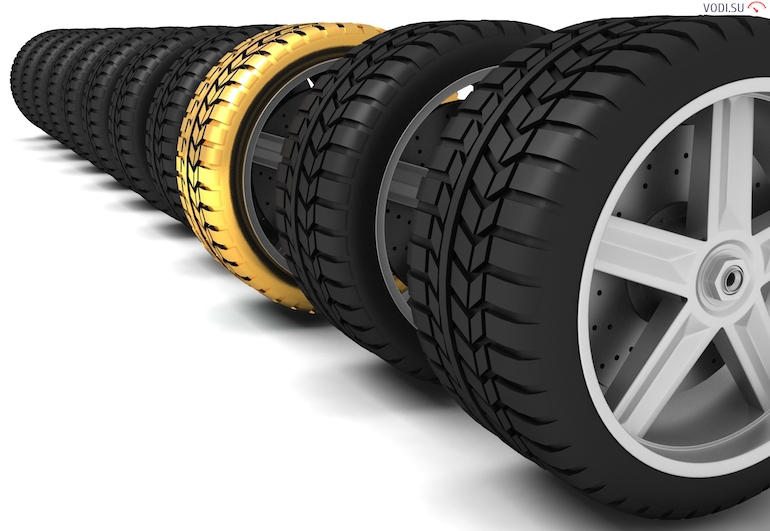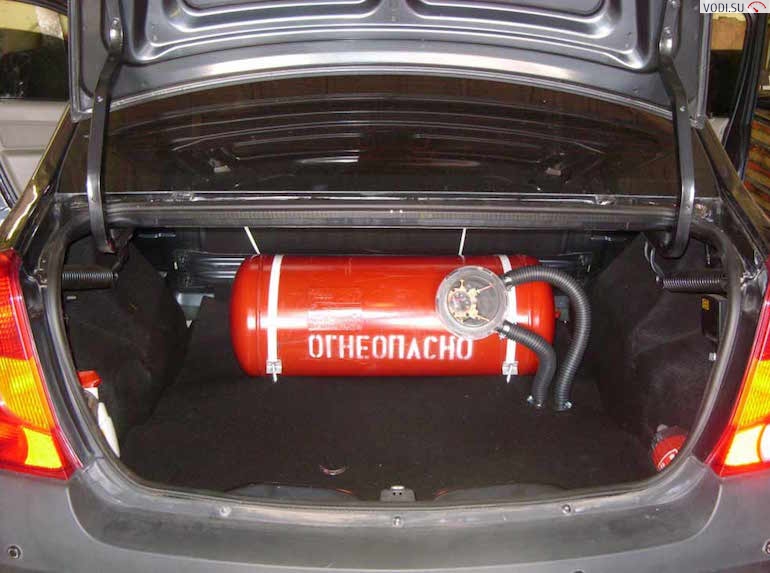
Shelf life of car tires: summer and winter
When buying a new car tire, a car enthusiast is interested in several questions:
- How long has the tire been in storage?
- when was it released;
- How long can this set of tires last?
Answers to all these questions are available in GOST - the state standard. We will try to answer these questions in our new article on the site for motorists Vodi.su.
Shelf life of car tires in stock
There are two important documents regulating the shelf life of tires in warehouses, as well as the necessary conditions that must be created for this:
- GOST 4754-97;
- GOST 24779-81.
According to these documents, the maximum storage period is 5 years. However, this does not mean that after five years after the production of rubber, it is unusable. The consumer himself determines suitability at his own discretion.

Tire shops and warehouses usually don't keep tires that long as they are either taken apart or sent back to the factory for recycling. Various promotions are also often held and expired tires can be bought at a reduced price.
Even 5 years after release, the tire is serviceable if it has been stored in the right conditions. We have already considered this issue on the Vodi.su website, but we will repeat it again.
The following conditions must be created in the warehouse:
- darkened spacious rooms;
- all safety standards are observed;
- no direct sunlight;
- air temperature is allowed in the range from -30 to +35, but the optimal performance is + 10- + 20 degrees;
- humidity - not higher than 80 percent.
It is also very important that the rubber does not lie in piles all this time or is not suspended on hooks. From time to time it needs to be translated. If you find deformations, small cracks or swollen areas on the sidewalls, this indicates that the tires were stored incorrectly.
Date of manufacture
We also wrote about this earlier on Vodi.su. The date of manufacture is encrypted in a small oval next to the brand name. This is a four-digit number like: 2210 or 3514 and so on. The first two digits are the week number, and the second two digits are the year.
Thus, if you came for a set of new winter tires, and the date of manufacture is 3411 or 4810, then these tires were released in 2011 or 2010. It is not recommended to buy them. However, if you are offered a significant discount and you do not find any visible defects, then such a purchase will be entirely your responsibility.
Also remember that under consumer protection law, you have every right to return the wheels within 14 days without giving any reason. The tires must be guaranteed - make sure that the manager correctly rewrites the serial numbers in the warranty card.

Tire life
The service life of tires is determined within 6-10 years. As you know, as you use the tread wears out and the tire is not able to perform its functions: to provide good handling and a short braking distance.
According to article 12.5 of the Code of Administrative Offenses, a fine of 500 rubles is provided for driving on “bald” tires. If the residual tread height is less than 1,6 mm, then it is prohibited to drive on it. Accordingly, tire life is the time until which the tread wears down to the TWI marker.
Naturally, as the operation progresses, other problems may emerge:
- punctures;
- the appearance of bubbles;
- cracks and cuts on the sidewalls;
- exfoliation.
This may be due both to the quality of the tires themselves, and to the individual characteristics of driving a vehicle. By adhering to optimal driving conditions and vehicle operation rules, you can extend the life of your tires.
How to extend the life of tires?
If you like to prove your driving skills to yourself and others: a sharp start with slippage, drifting on city highways, braking at high speeds, and so on, then the rubber is unlikely to last too long.

In order for the tires to move away as long as possible, it is necessary to adhere to the well-known rules:
- avoid aggressive driving practices;
- drive on high-quality road surfaces, go around pits and bumps;
- regularly check the level of air pressure in tires;
- switch from winter tires to summer tires in a timely manner;
- store your tires properly.
For example, there is a long-standing misconception that tires need to be lowered a little in winter in order to increase the contact patch with the surface. On the one hand, handling improves, but the tires are more likely to become unusable.
Small cracks on the sides are a sign of aging rubber. It is not necessary to immediately go to the tire fitting, but monitor the condition of the tires more carefully. Also keep an eye on the condition of the spare tire or dokatka. It is also advisable to buy sets of patches for rubber and a special automotive sealant.
Loading…

